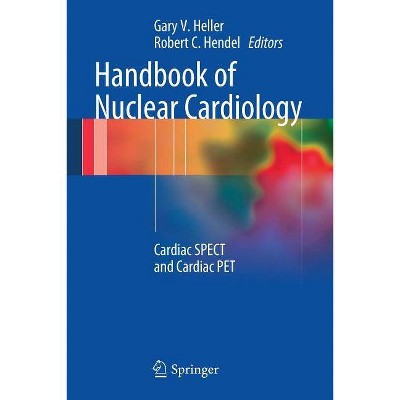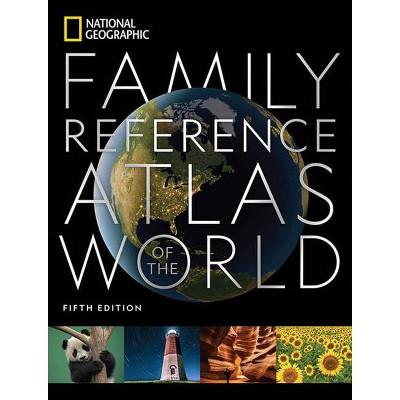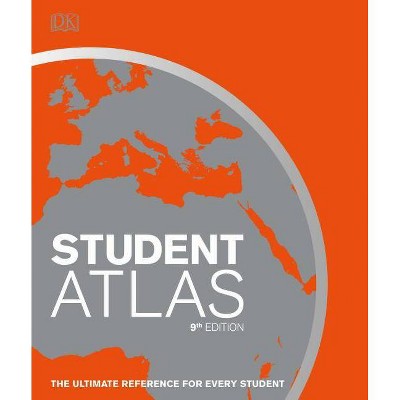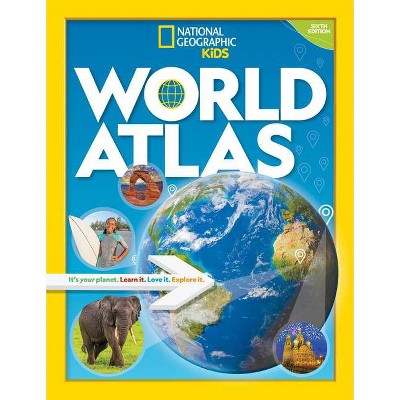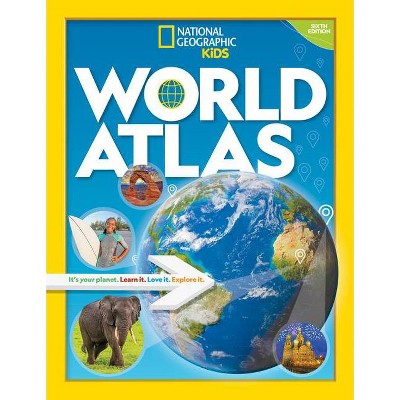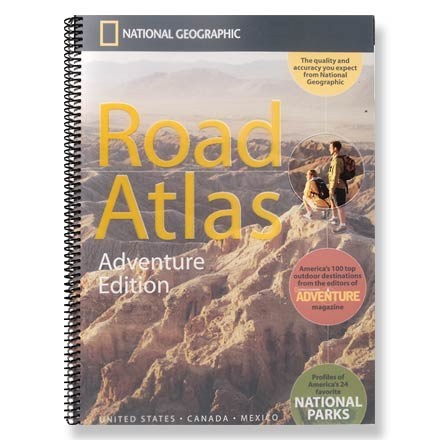Atlas of Nuclear Cardiology - 4th Edition by Vasken Dilsizian & Jagat Narula (Hardcover)

Similar Products
Products of same category from the store
AllProduct info
<p/><br></br><p><b> About the Book </b></p></br></br>This updated and expanded edition presents diagnostic algorithms and schematic diagrams integrated with nuclear cardiology procedures. It features color images that emphasize key concepts in cardiovascular physiology, pathology, and metabolism.<p/><br></br><p><b> Book Synopsis </b></p></br></br><p>The aim of the 4th edition of the Atlas of Nuclear Cardiology is to provide physicians and students in cardiology, radiology, and nuclear medicine who want the latest information in the field of cardiovascular nuclear medicine up-to-date and comprehensive information on advances in instrumentation, radiotracers, protocols, and clinical studies. Unlike other books that are narrow in their scope of either technology and technique or clinical studies, the 4th edition of the Atlas will present diagnostic algorithms and schematic diagrams integrated with nuclear cardiology procedures generously interspersed with color illustrations to emphasize key concepts in cardiovascular physiology, pathology, and metabolism relevant for the clinical practice of cardiology. The atlas emphasizes today's most current information, meeting the requirements for those who will be using the book as a reference source for certifying or re-certifying in cardiology, nuclear cardiology, nuclear medicine or radiology.</p><p> </p><p>Hybrid PET/CT and SPECT/CT represent new technologies that were introduced recently in clinical medicine and are evolving rapidly with several improvements in instrumentation, imaging procedures as well as in clinical trials that support the expanded role of these technologies in clinical practice. As such, an updated 4th edition of the Atlas is critical in order for the clinicians remain current with the imaging field and maintain their skills. Imaging protocols with the</p><p></p><p></p>se technologies have to be updated and/or expanded in order to acquire high quality images at a reduced radiation burden to the patient while advancing the application of these techniques for more advanced disease detection. Accordingly, beyond significantly updating the chapters from the 3rd edition, 2 new chapters will be introduced in the 4th edition, which reflects the expanded clinical applications of the technologies in the past 3 years. The new chapters are as follows: "Hybrid SPECT/CT and PET/CT Imaging" and a dedicated chapter on "Radiation Safety and Exposure: Clinical Decision-Making and the Risk-Benefit Ratio". Chapter 7 from the 3rd edition will be deleted.<p></p><p> </p>The updated Atlas will serve as a reference source for all cardiologists, radiologists, and nuclear medicine physicians interested in the most up-to-date approaches to noninvasive diagnostic cardiovascular nuclear imaging techniques for the evaluation of patients with known or suspected coronary artery disease as well as non-coronary heart disease. It will also serve as a ready reference textbook for medical students and residents interested in the practice of cardiovascular medicine.<p/><br></br><p><b> From the Back Cover </b></p></br></br><p>The newly updated and expanded <i>Atlas of Nuclear Cardiology, Fourth Edition </i>provides physicians and trainees with the most up-to-date information in a rapidly changing field. In addition to beautifully rendered color illustrations, the atlas emphasizes key points with a multitude of diagnostic algorithms and schematic diagrams integrated with nuclear cardiology procedures. Relevant for the clinical practice of nuclear cardiology, each chapter focuses on material of practical merit. The book gives full coverage to areas of cardiac physiology, pathology, and metabolism. The utility of noninvasive cardiovascular nuclear imaging techniques for diagnosis, screening and evaluation is discussed in the context of various clinical scenarios, including heart failure, acute coronary syndrome, and atherosclerosis. Written by an expert group of researchers and clinicians, the atlas emphasizes today's most current information, providing a invaluable resource and meeting the requirements for those who will be using the book as a reference source for certifying or re-certifying in cardiology, nuclear cardiology, nuclear medicine or radiology.</p><p/><br></br><p><b> Review Quotes </b></p></br></br><br><p>From the reviews of the fourth edition: </p>"The object of this fourth edition of the Atlas of Nuclear Cardiology is to elucidate the role of cardiovascular nuclear procedures in the clinical practice of cardiology. ... this atlas will serve as a foundation for clinicians and a reference guide for scientists within and outside the field of nuclear cardiology. I highly recommend this book to trainees; to practitioners of nuclear medicine, diagnostic radiology, cardiology, and family medicine; and to those interested in imaging science." (E. Edmund Kim, The Journal of Nuclear Medicine, Vol. 54 (11), November, 2013)<br><p/><br></br><p><b> About the Author </b></p></br></br>Vasken Dilsizian, MD, FACC, FAHAProfessor of Medicine and RadiologyUniversity of Maryland School of MedicineChief, Division of Nuclear MedicineUniversity of Maryland Medical Center22 South Greene Street, Rm N2W78Baltimore, MD 21201-1595, USA <br>Jagat Narula, MD, PhD<br>Professor of MedicineAssociate Dean of Global HealthDirector, Cardiovascular Imaging ProgramZena and Michael A. Wiener Cardiovascular InstituteMount Sinai Medical CenterDivision of CardiologyOne Gustave L. Levy Place1190 Fifth AvenueGP-1 West, Room N-125CNew York, NY 10029, USA<br>
Price History
Price Archive shows prices from various stores, lets you see history and find the cheapest. There is no actual sale on the website. For all support, inquiry and suggestion messagescommunication@pricearchive.us

